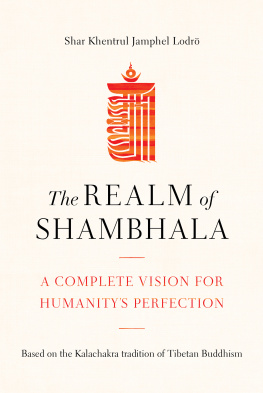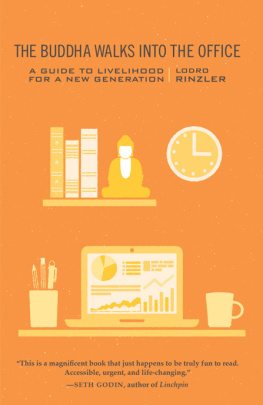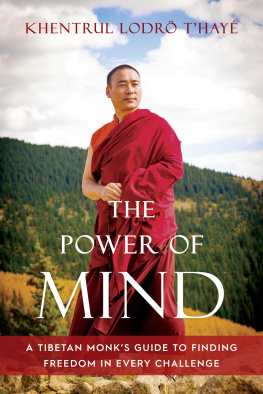Shar Khentrul Jamphel Lodrö - The Realm of Shambhala: A Complete Vision for Humanitys Perfection
Here you can read online Shar Khentrul Jamphel Lodrö - The Realm of Shambhala: A Complete Vision for Humanitys Perfection full text of the book (entire story) in english for free. Download pdf and epub, get meaning, cover and reviews about this ebook. year: 2021, publisher: Shambhala, genre: Religion. Description of the work, (preface) as well as reviews are available. Best literature library LitArk.com created for fans of good reading and offers a wide selection of genres:
Romance novel
Science fiction
Adventure
Detective
Science
History
Home and family
Prose
Art
Politics
Computer
Non-fiction
Religion
Business
Children
Humor
Choose a favorite category and find really read worthwhile books. Enjoy immersion in the world of imagination, feel the emotions of the characters or learn something new for yourself, make an fascinating discovery.
- Book:The Realm of Shambhala: A Complete Vision for Humanitys Perfection
- Author:
- Publisher:Shambhala
- Genre:
- Year:2021
- Rating:3 / 5
- Favourites:Add to favourites
- Your mark:
- 60
- 1
- 2
- 3
- 4
- 5
The Realm of Shambhala: A Complete Vision for Humanitys Perfection: summary, description and annotation
We offer to read an annotation, description, summary or preface (depends on what the author of the book "The Realm of Shambhala: A Complete Vision for Humanitys Perfection" wrote himself). If you haven't found the necessary information about the book — write in the comments, we will try to find it.
The Realm of Shambhala: A Complete Vision for Humanitys Perfection — read online for free the complete book (whole text) full work
Below is the text of the book, divided by pages. System saving the place of the last page read, allows you to conveniently read the book "The Realm of Shambhala: A Complete Vision for Humanitys Perfection" online for free, without having to search again every time where you left off. Put a bookmark, and you can go to the page where you finished reading at any time.
Font size:
Interval:
Bookmark:
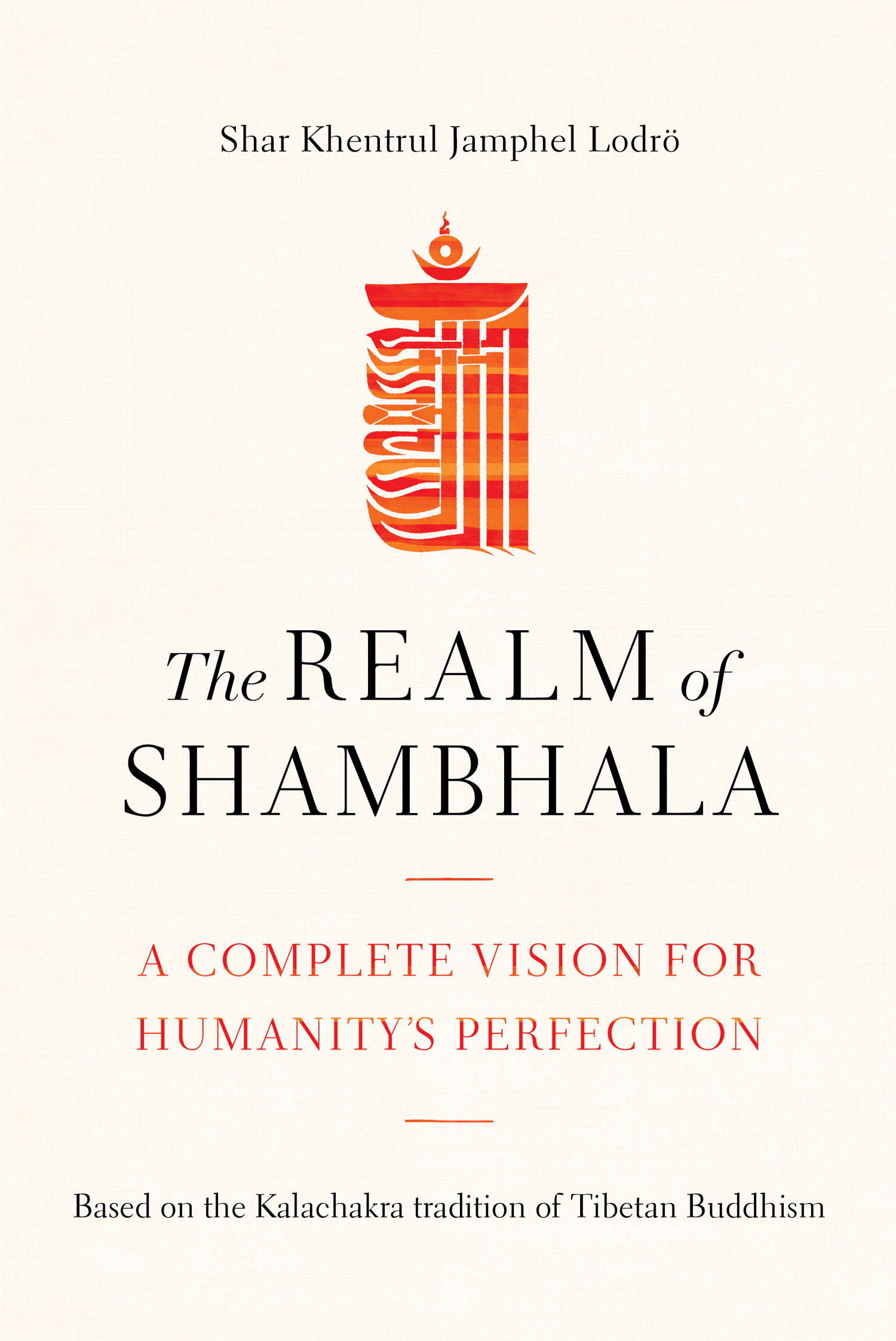
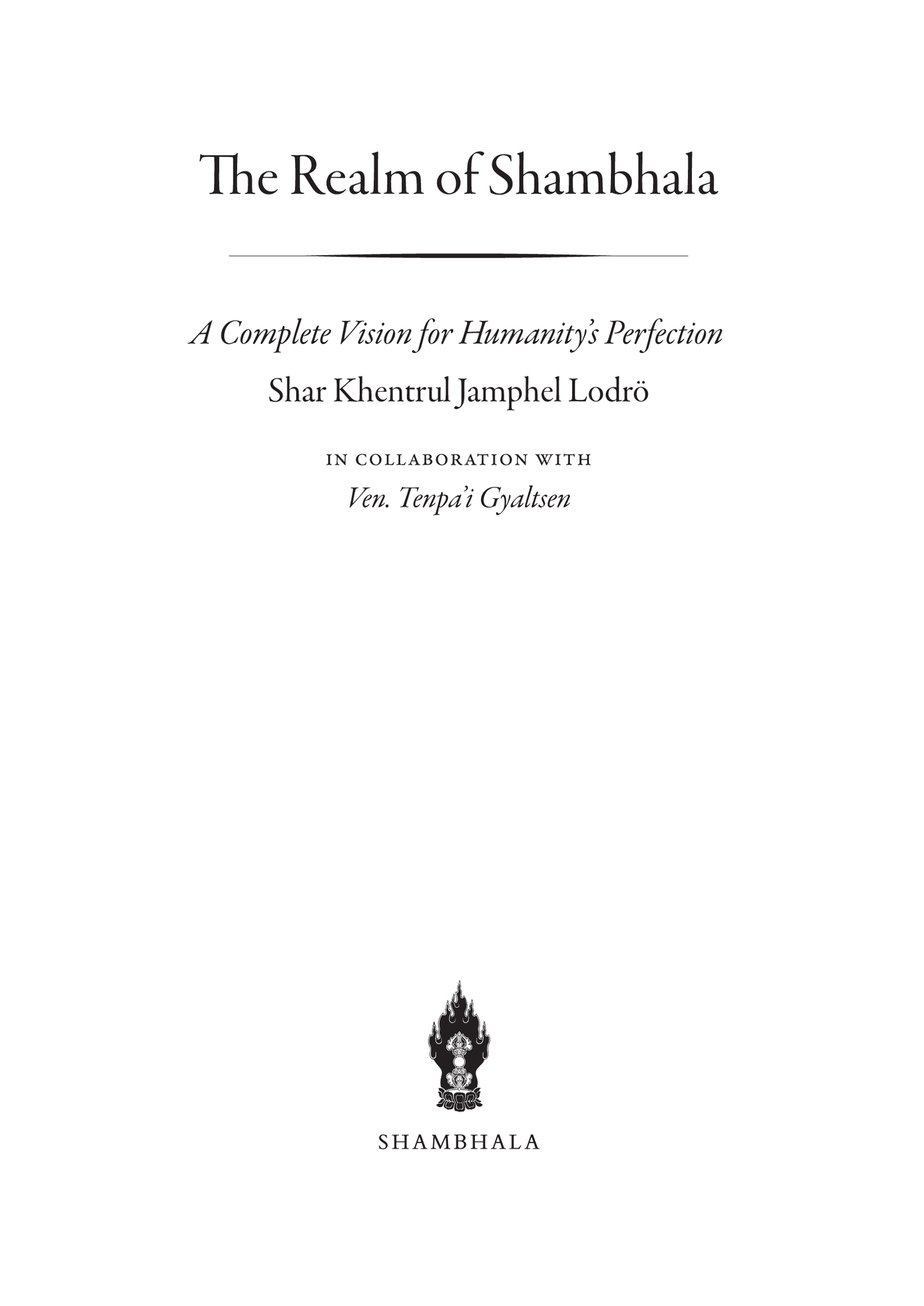
Shambhala Publications, Inc.
4720 Walnut Street
Boulder, Colorado 80301
www.shambhala.com
2021 by Shar Khentrul Jamphel Lodr
Photo of Khentrul Rinpoche on Chloe Bregman.
Illustration of The Mandala of Shambhala on Ngawang Kampa.
This book is adapted from a previous publication, Demystifying Shambhala
(Tibetan Buddhist Rime Institute, 2016). It has been significantly edited and updated.
Cover art: Tenpai Gyaltsen and Sk Advance studio/Shutterstock
Cover design: Daniel Urban-Brown
Interior design: Gopa & Ted2 Inc.
All rights reserved. No part of this book may be reproduced in any form or by any means, electronic or mechanical, including photocopying, recording, or by any information storage and retrieval system, without permission in writing from the publisher.
LIBRARY OF CONGRESS CATALOGING-IN-PUBLICATION DATA
Names: Jam-dpal-blo-gros, Shar Mkhan-sprul Rin-po-che, author. |
Tenpai Gyaltsen, 1978, author.
Title: The realm of Shambhala : a complete vision for humanitys perfection /
Shar Khentrul Jamphel Lodr in collaboration with Ven. Tenpai Gyaltsen.
Other titles: Demystifying Shambhala
Description: First edition. | Boulder, Colorado: Shambhala, [2021] |
Previous edition published: Belgrave, Victoria, Australia: Tibetan Buddhist Rim Institute Inc., 2016.
Identifiers: LCCN 2020006742 | ISBN 9781611808032 (trade paperback)
eISBN 9780834843479
Subjects: LCSH: Klacakra (Tantric rite) | Jo-nang-pa (Sect)Doctrines.
Classification: LCC BQ7699.K34 J3625 2021 | DDC 294.3/925dc23
LC record available at https://lccn.loc.gov/2020006742
a_prh_5.6.1_c0_r0


In late 2015, Khentrul Rinpoche was in the final leg of a six-month tour that had taken him around the world. During that time, he gave a number of talks introducing people to the idea of Kalachakra and its connection to the realm of Shambhala. It was from his discussions with people attending those teachings that Rinpoche realized how little people understood about Shambhala and what it actually was. While it seemed that everyone had heard of Shambhala, no one appeared to have any clarity on how it was relevant to their lives. By the time he returned home to Australia, Rinpoche had generated a new aspiration. He wanted to write a short and accessible book to clarify the confusion surrounding Shambhala and to provide the basis for connecting with its deeply profound nature. As we sat down to brainstorm ideas for the books structure, it quickly became apparent to me that the scope of his vision went far beyond anything I had heard before. Within this one subject, he was embedding not only a detailed and layered description of Shambhala but also a profound teaching on the nature of karma and the fundamental method for engaging in spiritual practice.
As a result of these initial discussions, we published the first edition of this book in 2016 through the Tibetan Buddhist Rime Institute under the title Demystifying Shambhala. Since then, Rinpoche has continued to travel around the globe numerous times, refining his presentation of Shambhala and listening to the generous feedback he has received from his students. At the urging of some close students, we submitted our manuscript to Shambhala Publications and were delighted by the reception that the book received. Those who are familiar with the previous version will notice a number of key changes in the structure and content. These are a result of working closely with the wonderful editorial staff at Shambhala. I believe that, due to their thoughtful comments and ideas, we have arrived at a version of this book that is focused, accessible, and, in general, much more cohesive.
In the first chapter, Myths of Shambhala, you will be introduced to a wide range of interpretations of the concept of Shambhala. From this general survey, you will get a sense for why there is so much confusion regarding the topic. With so many different perspectives floating around, it is difficult to distinguish which interpretation is most beneficial to rely on.
For this reason, in The Four Reliances Rinpoche provides commentary to a short teaching by the Buddha that clearly establishes a set of criteria that can be used to evaluate the relevance of a particular view. In this way, he shows how you can focus your attention on the interpretation that has the greatest short- and long-term benefit to your life.
However, before diving into the essence of what Shambhala is, you will first need to set up a theoretical understanding of how Shambhala is possible. For this, you will need to understand the concept of karma and how it drives the manifestation of our reality. In chapter 3, Realms of Opportunity, Rinpoche introduces how karmic propensities and karmic connections work together to form realms of experience that are particularly suited for the realization of Shambhala.
Then, in chapter 4, Manifestations of Shambhala, you will learn how the experience of Shambhala can potentially arise within your individual mindstream. Guiding you through the various levels of your consciousness, Rinpoche will peel away the layers of subtlety and introduce you to the profound nature that abides within each of us.
While the experience of Shambhala is guaranteed to bring greater peace and harmony into your own life, it has much greater implications for our global society. To demonstrate the transformative power of Shambhala, in chapter 5, Patterns of Transformation, Rinpoche presents a brief history of how the realm of Shambhala evolved as a result of the inhabitants practice of Kalachakra. Highlighting the important milestones within this process, Rinpoche provides us with a blueprint for how we can replicate this transformation in our own world.
Having provided you with a clear understanding of the nature of Shambhala and the incredible benefits that come from striving to achieve it, Rinpoche then shifts to the practical side of things. In chapter 6, Discovering the Dharma of Definitive Meaning, you will learn not only what qualities to look for in the teachings but also why the Kalachakra teachings as taught within the Jonang tradition are uniquely suited for connecting with Shambhala.
Then, in chapter 7, Experiencing Shambhala in Your Life, Rinpoche provides multiple strategies for how to approach your personal practice in order to experience the aspects of Shambhala. You will learn that there are always opportunities for you to take advantage of, no matter the scope of your aspirations or the level of your practice.
Finally, in chapter 8, Toward a Golden Age, Rinpoche looks to the future and the potential that we all have the capacity to realize. Clarifying the prophecies found in the Kalachakra Tantra, Rinpoche lays out a vision for how we can all work together to overcome our afflictions and usher in a golden age of peace and harmony.
As you will hopefully come to see after reading this book, the secret teachings of Shambhala are inseparable from the teachings of Kalachakra. To fully understand one, you must understand the other. Since these teachings are most fully preserved within the lineage of the Jonang tradition of Tibetan Buddhism, it is very important for anyone interested in manifesting Shambhala to develop their connection with this tradition. To this end, we have included an extensive history of the Jonang tradition as appendices to this book. By learning about the life stories of these incredible practitioners who dedicated their lives to the cultivation of Shambhala, we hope that your mind will be inspired and that you will be moved to follow in their footsteps.
Font size:
Interval:
Bookmark:
Similar books «The Realm of Shambhala: A Complete Vision for Humanitys Perfection»
Look at similar books to The Realm of Shambhala: A Complete Vision for Humanitys Perfection. We have selected literature similar in name and meaning in the hope of providing readers with more options to find new, interesting, not yet read works.
Discussion, reviews of the book The Realm of Shambhala: A Complete Vision for Humanitys Perfection and just readers' own opinions. Leave your comments, write what you think about the work, its meaning or the main characters. Specify what exactly you liked and what you didn't like, and why you think so.

